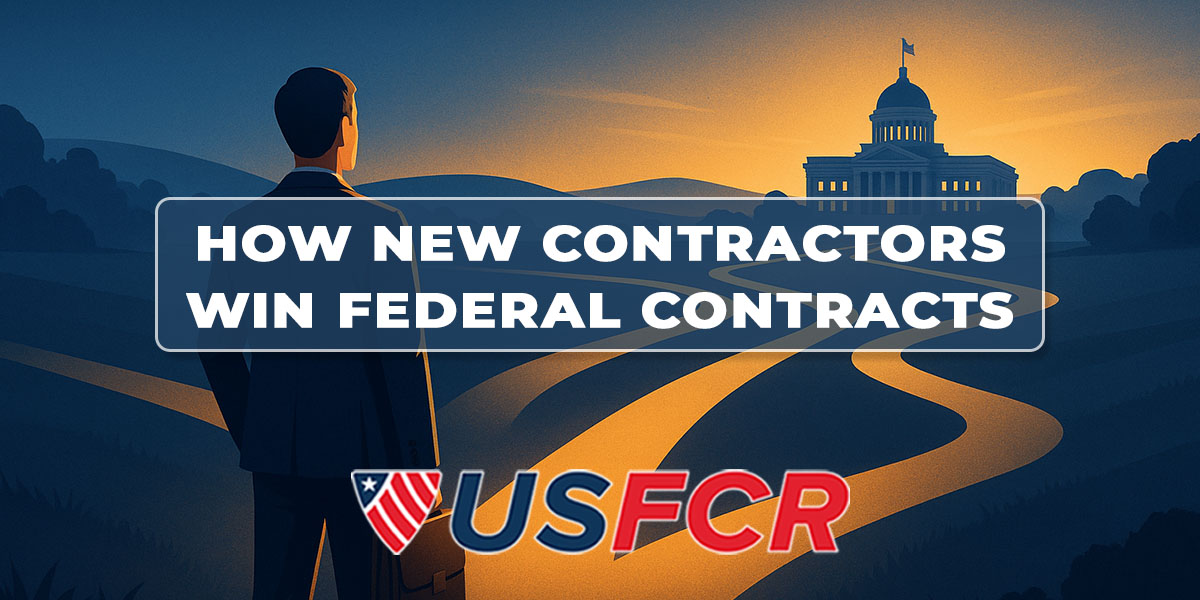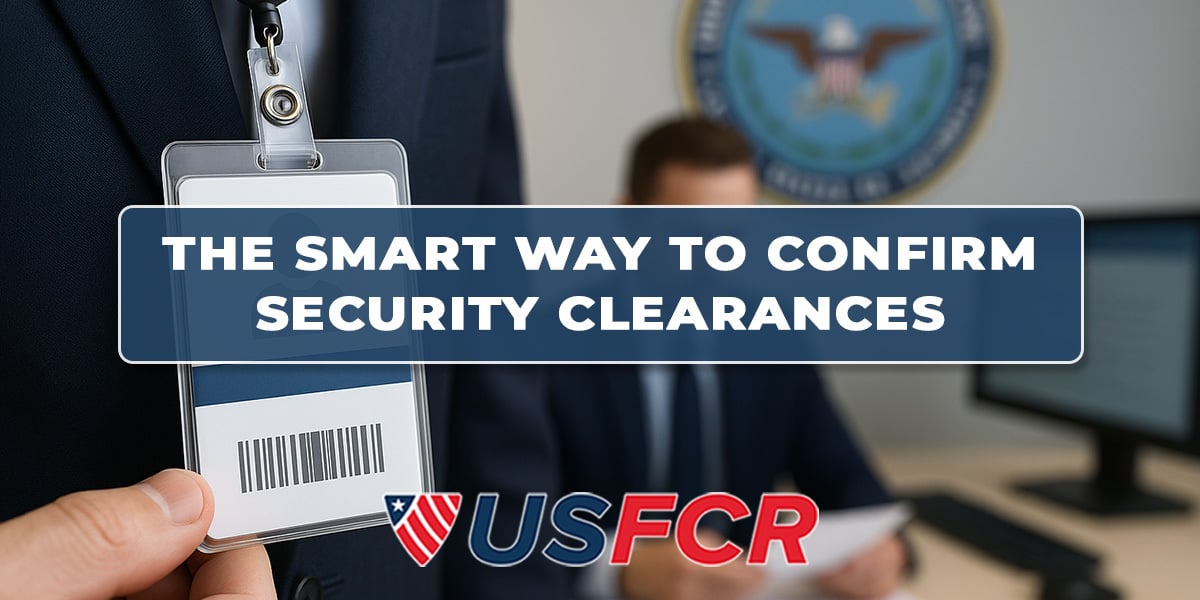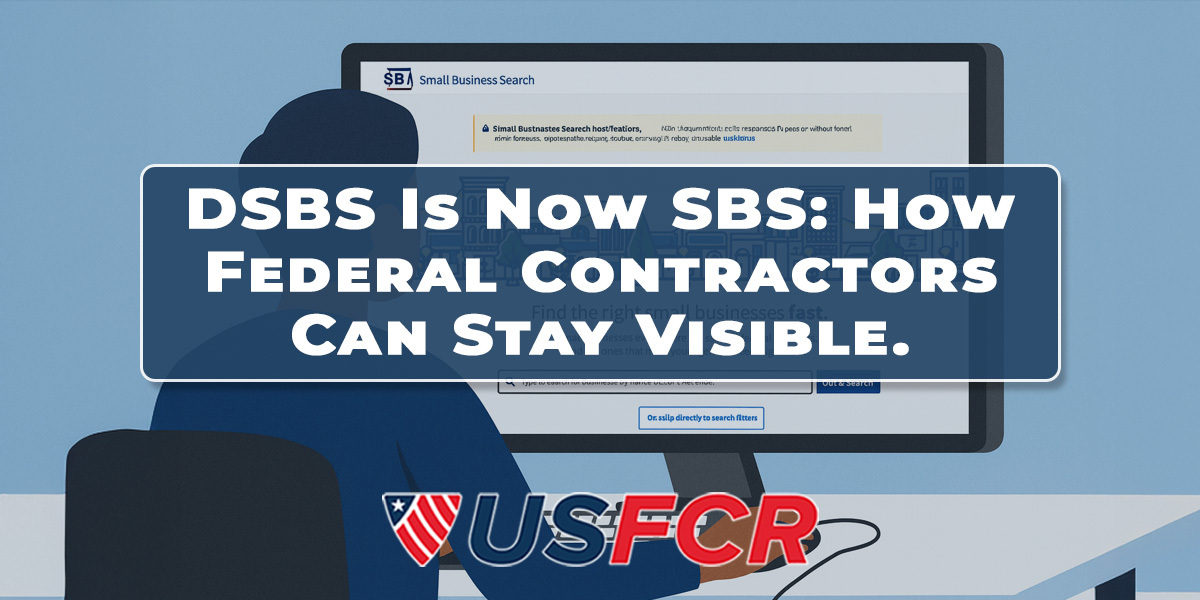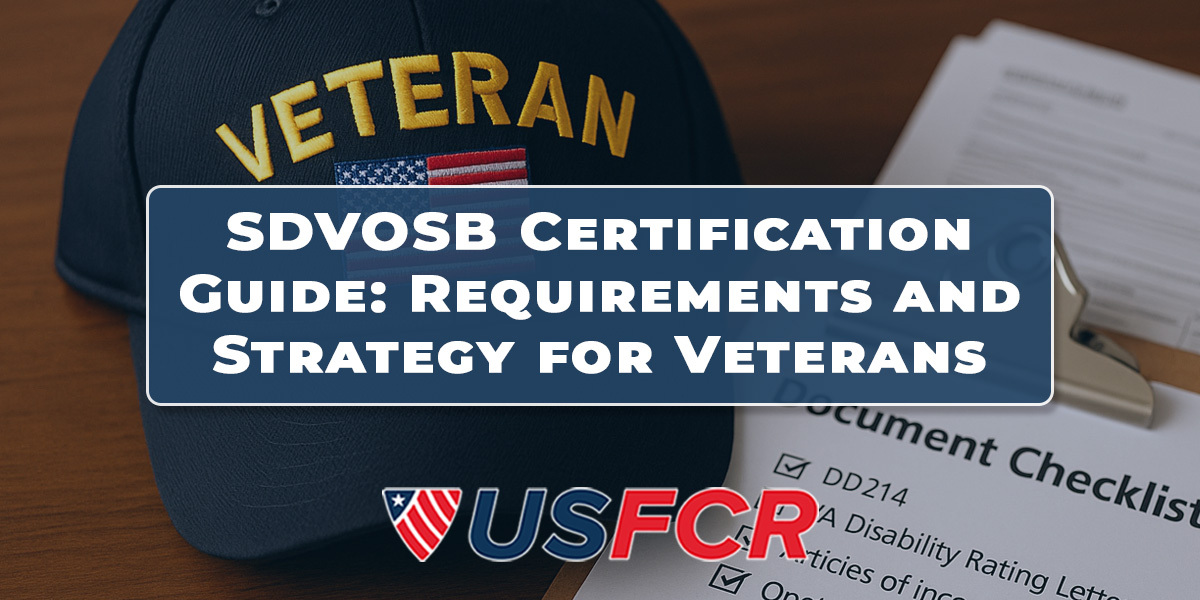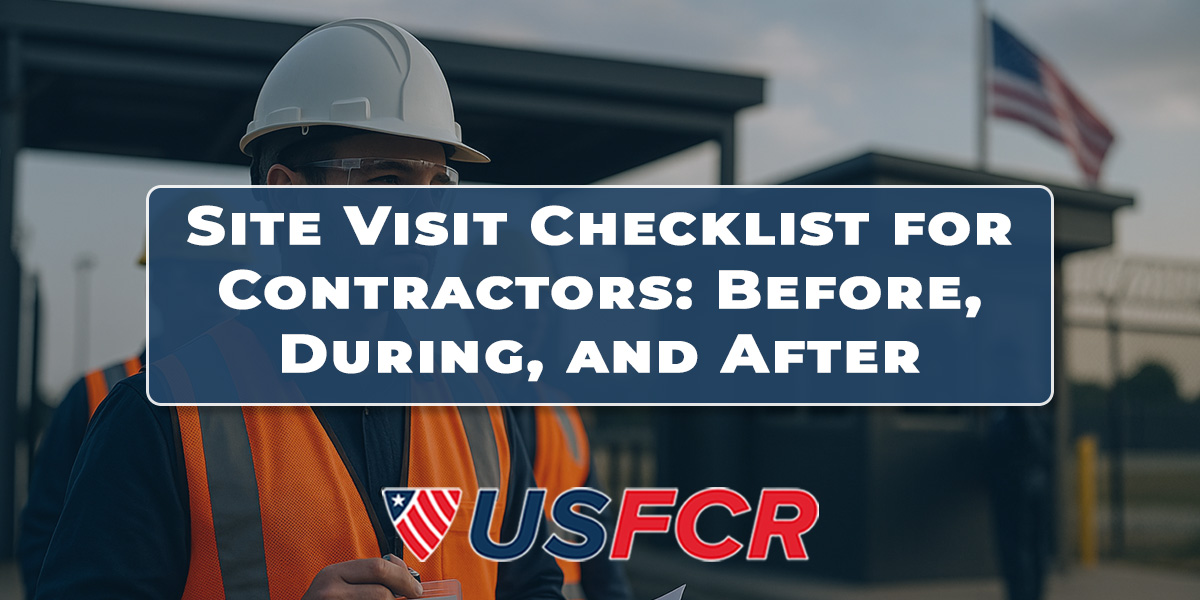You've heard it a hundred times. You've probably said it yourself.
"I can't win federal contracts because I don't have past performance. And I can't get past performance without winning federal contracts."
It sounds like an unbreakable loop. A catch-22 that keeps new businesses locked out of a $700 billion federal marketplace while the same established contractors win the same contracts year after year.
Here's what nobody's telling you: that narrative is wrong.
